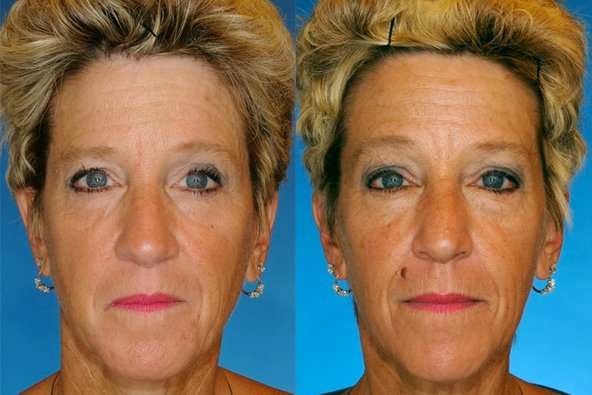Middle-aged people who eat protein-rich food are four times more likely to die of cancer than someone who only eats a little, according to a new study. The researchers said eating a lot of protein increased the risk of cancer almost as much as smoking 20 cigarettes a day.
They reached their findings, published in the journal Cell: Metabolism, after tracking thousands of people over 20 years. “We provide convincing evidence that a high-protein diet – particularly if the proteins are derived from animals – is nearly as bad as smoking for your health,” one of the academics behind the work, Dr Valter Longo, of the University of Southern California, told The Daily Telegraph.
A high-protein diet was defined as one in which 20 per cent of the calories came from protein. They recommended eating 0.8g of protein per kilogram of body weight a day during middle age.

However, the researchers said protein had benefits during later life. Dr Eileen Crimmins, a co-author of the study, said: “We also propose that at older ages, it may be important to avoid a low-protein diet to allow the maintenance of healthy weight and protection from frailty.”
However Dr Gunter Kuhnle, a food nutrition scientist at the University of Reading, criticised the study for making a link to smoking. “While this study raises some interesting perspectives on links between protein intake and mortality… It is wrong, and potentially even dangerous, to compare the effects of smoking with the effect of meat and cheese,” he said. “The smoker thinks: ‘Why bother quitting smoking if my cheese and ham sandwich is just as bad for me?’”
And Professor Tim Key, of Cancer Research UK, said: “Further research is needed to establish whether there is any link between eating a high protein diet and an increased risk of middle aged people dying from cancer.”
Source: The Independent



